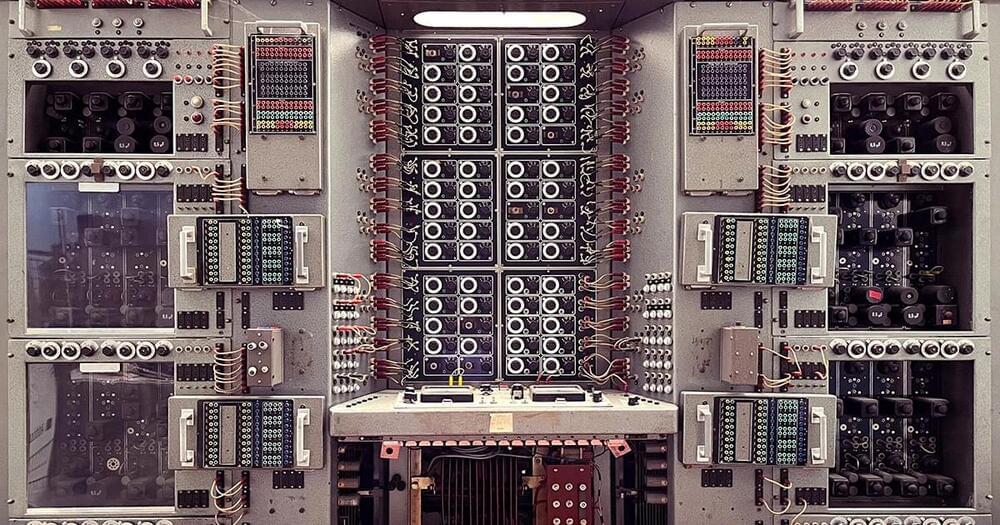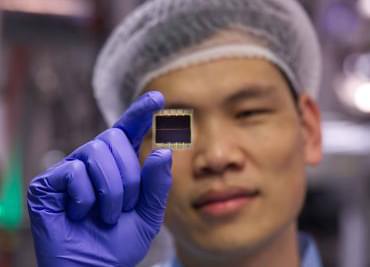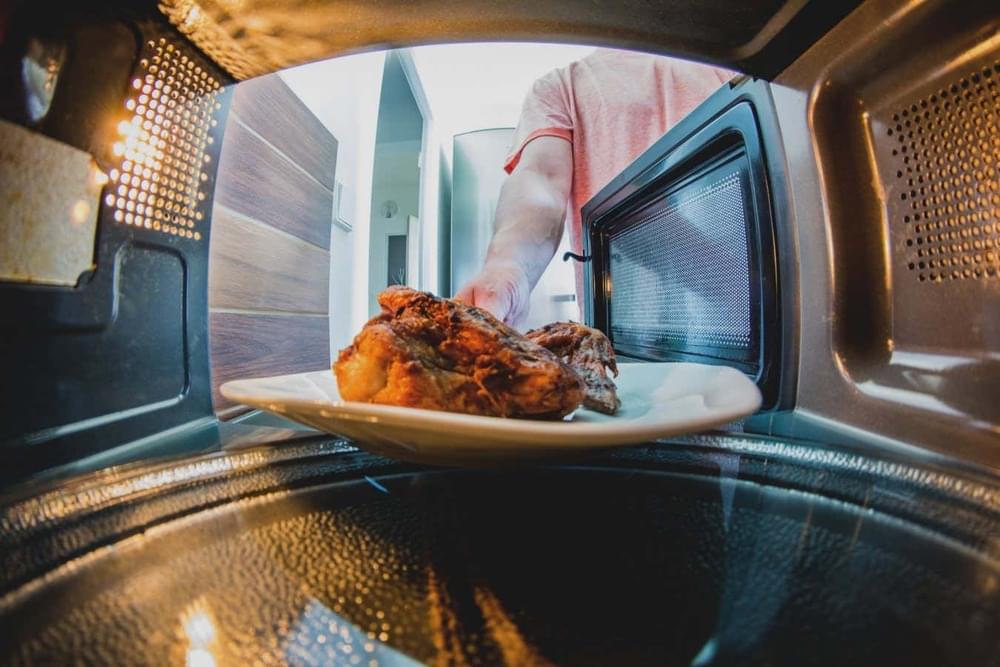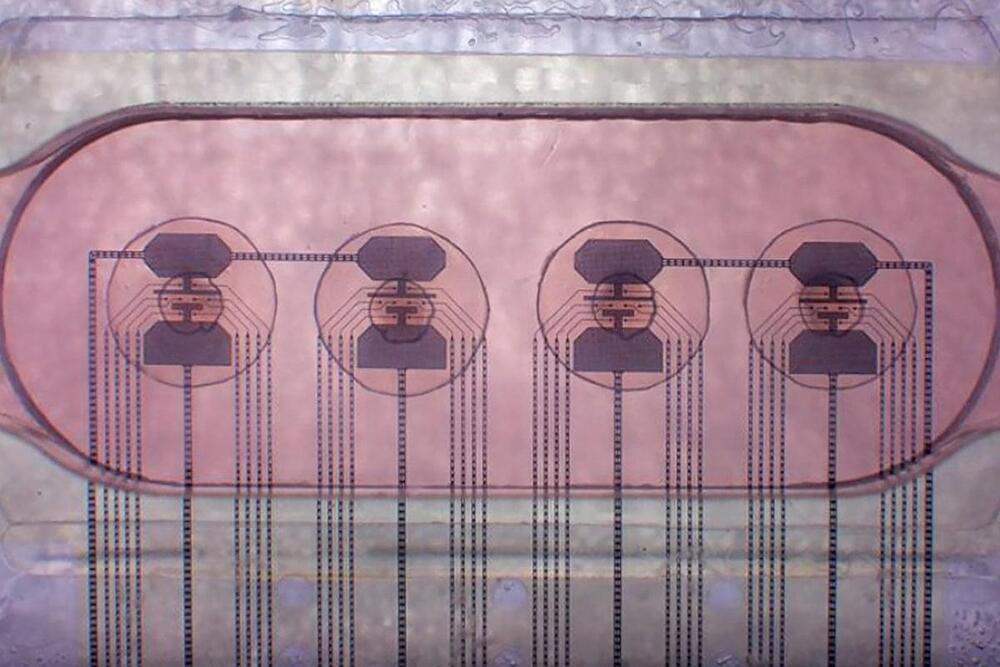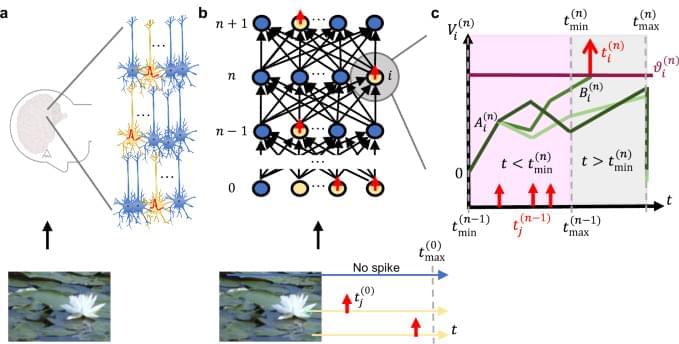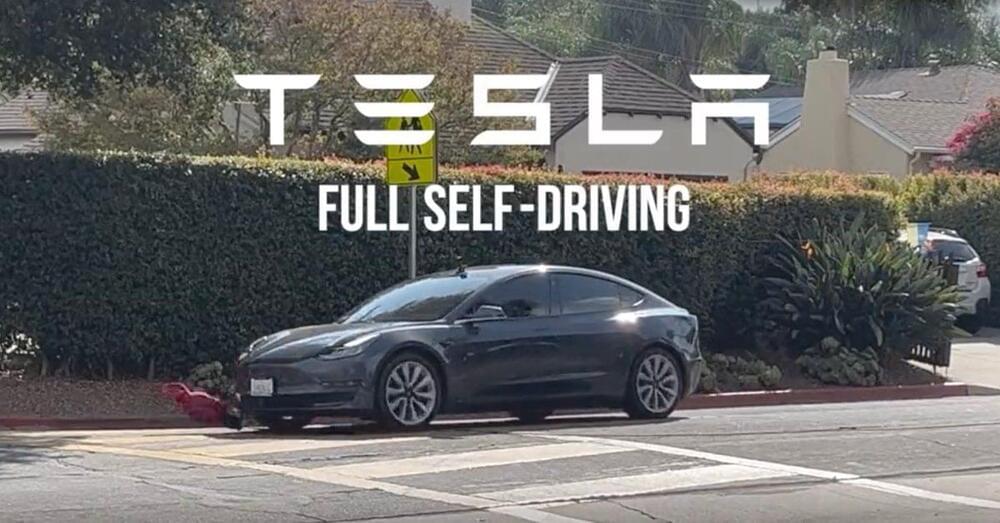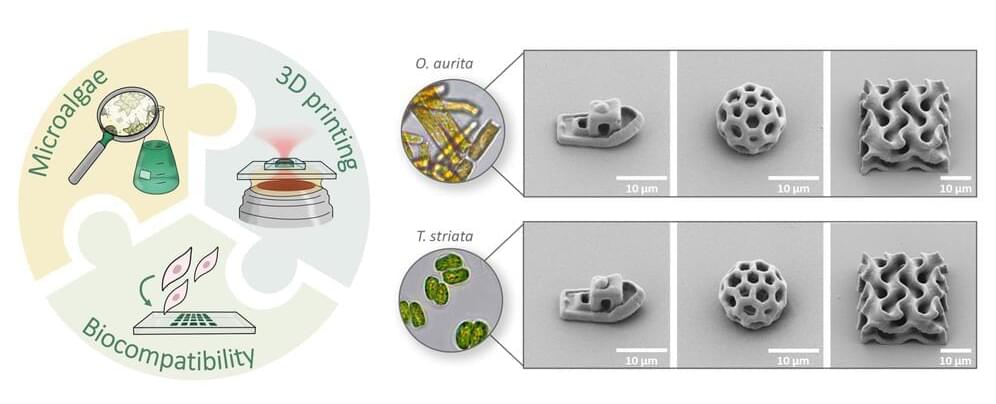Page 134
You don’t need 0s and 1s to perform computations, and in some cases it’s better to avoid them.
Aug 9, 2024
Oxford scientists’ new light-absorbing material can turn everyday objects into solar panels
Posted by Shubham Ghosh Roy in categories: solar power, sustainability
A new ultra-thin material created by scientists at Oxford University could revolutionize solar collection technology.
Aug 9, 2024
A surprisingly wide range of bacteria live inside microwaves
Posted by Shubham Ghosh Roy in category: futurism
Microwaves in homes, offices and laboratories have been found to host diverse microbiomes, highlighting the importance of regular cleaning.
Aug 9, 2024
These Living Computers Are Made from Human Neurons
Posted by Jose Ruben Rodriguez Fuentes in categories: bioengineering, biological, internet, robotics/AI
In the search for less energy-hungry artificial intelligence, some scientists are exploring living computers.
Artificial intelligence systems, even those as sophisticated as ChatGPT, depend on the same silicon-based hardware that has been the bedrock of computing since the 1950s. But what if computers could be molded from living biological matter? Some researchers in academia and the commercial sector, wary of AI’s ballooning demands for data storage and energy, are focusing on a growing field known as biocomputing. This approach uses synthetic biology, such as miniature clusters of lab-grown cells called organoids, to create computer architecture. Biocomputing pioneers include Swiss company FinalSpark, which earlier this year debuted its “Neuroplatform”—a computer platform powered by human-brain organoids—that scientists can rent over the Internet for $500 a month.
Aug 9, 2024
The Six Singularities (There’s Not Just One)
Posted by Dan Breeden in categories: law, robotics/AI, singularity
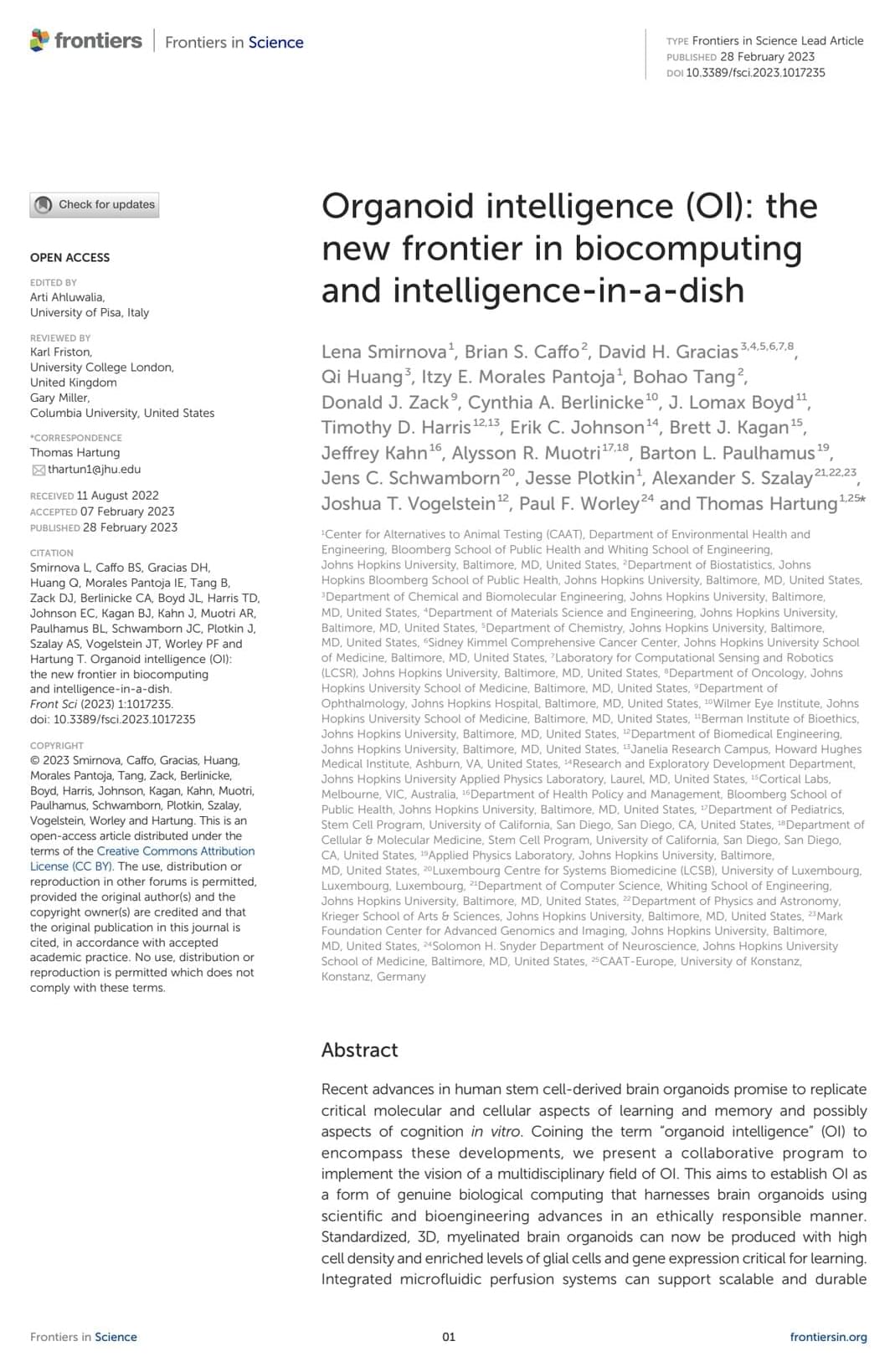
More than one singularity.
The singularity could soon be upon us. The PESTLE framework, developed by this episode’s guest Daniel Hulme, expresses not one but six types of singularity that could occur: political, environmental, social, technological, legal and economic. @JonKrohnLearns and Daniel Hulme discuss how each of these singularities could bring good to the world, aligning with human interests and pushing forward progress. They also talk about neuromorphic computing, machine consciousness, and applying AI at work.
Continue reading “The Six Singularities (There’s Not Just One)” »
Aug 9, 2024
High-performance deep spiking neural networks with 0.3 spikes per neuron
Posted by Dan Breeden in category: robotics/AI
To address challenges of training spiking neural networks (SNNs) at scale, the authors propose a scalable, approximation-free training method for deep SNNs using time-to-first-spike coding. They demonstrate enhanced performance and energy efficiency for neuromorphic hardware.
Aug 9, 2024
Capillary trapping of various nanomaterials on additively manufactured scaffolds for 3D micro-/nanofabrication
Posted by Dan Breeden in category: nanotechnology
High-precision 3D micro-/nanofabrication technologies such as two-photon polymerization are limited to photocurable polymers. Here, the authors report a “capillary-trapping” strategy to fabricate various 3D micro-scaffolds composed of different nanomaterials.
Aug 9, 2024
Tesla launches new bundle with 3 years of FSD, Supercharging, and premium connectivity
Posted by Genevieve Klien in categories: Elon Musk, robotics/AI, transportation
Tesla is trying something new. The automaker is offering a bundle of 3 years of subscription to Full Self-Driving (FSD) Supervised, Supercharging, and premium connectivity.
Tesla has been having issues selling its FSD package.
For years, CEO Elon Musk claimed that Tesla would keep increasing prices as the system got better, which he claims would then make Tesla vehicles “appreciation assets”
Aug 9, 2024
3D laser printing with bioinks from microalgae
Posted by Dan Breeden in categories: 3D printing, engineering, sustainability
Microalgae such as the diatom Odontella aurita and the green alga Tetraselmis striata are especially suitable as “biofactories” for the production of sustainable materials for 3D laser printing due to their high content in lipids and photoactive pigments. An international research team led by Prof. Dr Eva Blasco, a scientist at the Institute for Molecular Systems Engineering and Advanced Materials (IMSEAM) of Heidelberg University, has succeeded for the first time in manufacturing inks for printing complex biocompatible 3D microstructures from the raw materials extracted from the microalgae. The microalgae-based materials could be used in future as the basis for implants or scaffolds for 3D cell cultures.
The research has been published in Advanced Materials (“Printing Green: Microalgae-Based Materials for 3D Printing with Light”).
A new ink system, based on the microalgae Odontella aurita and Tetraselmis striata, enables the manufacturing of complex 3D microstructures with high quality and precision. (Image: Clara Vazquez-Martel)

